|
0 Comments
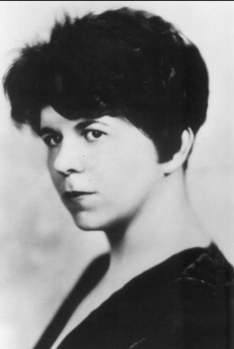 Last week, we watched Anne Hathaway’s performance of Dorothy Parker’s story, “The Garter.” Working in groups, prepare a dramatic reading of a section of Dawn Powell’s story, “Here Today, Gone Tomorrow.” Each group member must perform an equal portion of the reading. Practice your performance and then each group will perform its section for the class. Group 1: 83-85 Group2: 86-87 Group 3: 88-89 Group 4: 90-91 Group 5: 92-93 Group 6: 94-96 Working in pairs, develop an argument analyzing the role of humor the September 8, 1928 Issue ofThe New Yorker containing Dorothy Parker's “The Garter." Prepare to pitch to the class a press briefing on the subject, asserting an argument analyzing at least two quotations from Parker and steering our attention to images from the magazine.
As you explore the magazine, consider these questions:
Working in your project groups, create a meme transforming for the twenty-first century Dorothy Parker’s wit in one of the texts we read. You can use any software, image, or platform, including Microsoft Word.
When you have finished, email the meme to the instructor. We will assess the results together. 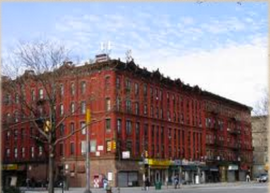 7th Avenue and 135th St., Where Larsen moved in 1927., Thadious Davis. 7th Avenue and 135th St., Where Larsen moved in 1927., Thadious Davis. How would you map the excerpt from Nella Larsen's Passing (1929)? Working in your project groups, use the instructions for the Map and Rationale assignment on our course website as a guide. Test out Google Tour Guide, Google Custom Maps, or a combination of elements using Prezi. If you include information or images in captions on your map, cite your sources and include links. Share your maps with your instructor. Divide up your tasks among group members:
See also this resource by one of my former students that includes a Harlem Renaissance map. Using Piktochart or Canva, you will each make an infographic poster analyzing at least one Harlem Renaissance poem and introducing it to the NYIT community. We will print and post these infographics around campus.
Select one at least one poem, such as those by Langston Hughes (““The Negro Speaks of Rivers” or “The Weary Blues,” ) or Claude McKay (“If We Must Die,” “America,” “Subway Wind,” “On Broadway,” or “The Tropics in New York”). For context, quote or paraphrase from at least one prose text we read (“When the Negro Was in Vogue,” or “Harlem Literati in the Twenties”), citing it according to MLA style. You are also welcome to select a poem that we did not read or address a theme in more then one poem. You can choose how to design your infographic, giving it a theme and focus. Make sure to analyze the way the poem makes meaning, including its word choice, form, and style. Your poster can include portions of the poem that you discuss. While you are not required to consult additional sources, you must cite all sources that you consult, including webpages. Use parenthetical citations to acknowledge when you are quoting or citing others’ ideas. It is plagiarism to use others’ words or ideas without citing them. Before printing, consult a peer for feedback and the instructor for approval. 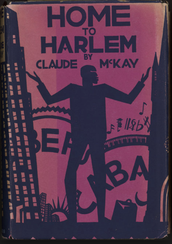 Working in groups of three, create a Snapchat video posting interpreting the role of New York in one of the Claude McKay poems that we read (“If We Must Die,” “America,” “Subway Wind,” “On Broadway,” or “The Tropics in New York.” ). The posting will include text, such as lines from the poem or responses to it. At least one member of the group should create a separate Snapchat account for this course and share the results with the instructor. We will view your postings at the end of class. For examples, see here. 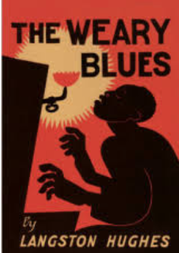 Each Group will present a thesis about one of the readings, using strategies from They Say/I Say. The group will elaborate on and defend their thesis with analysis of evidence from their text in response to questions from the other groups. Each group member must speak at one point during their presentation. We will vote at the end using Poll Everywhere. Group 1: “When the Negro Was in Vogue” Group 2: “Harlem Literati in the Twenties” Group 3: “The Negro Speaks of Rivers” Group 4: “The Weary Blues.” Assignment:
Make one argument about characters’ interactions with each other in your section of Edith Wharton's "New Year's Day" from Old New York (1924), analyzing at least one quotation. You will present your findings to the class. What is the role of the city in these exchanges? At least one member of your group should investigate the locations in your section using Google Maps. Address their significance in your section. Group 1: First half of Ch. 1 Group 2: Second half of Ch. 1 Group 3: First half of Ch. 2 Group 4: Second half of Ch. 2 Group 5: First half of Ch. 3 Group 6: Second half of Ch. 3 |
FCWR 151:
|
Proudly powered by Weebly
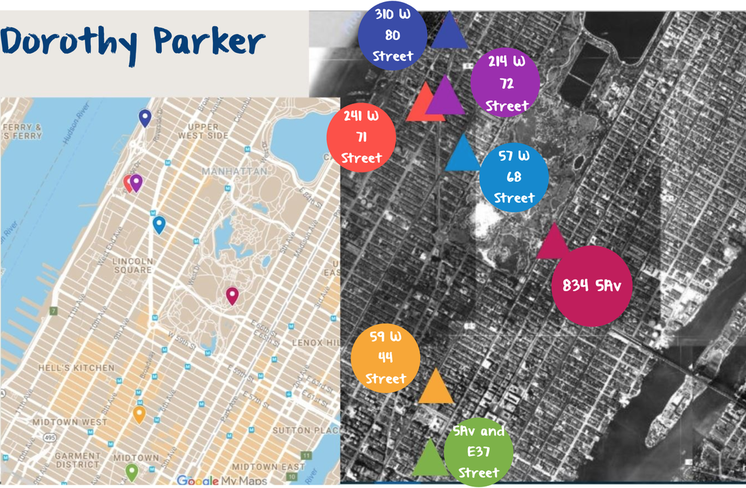
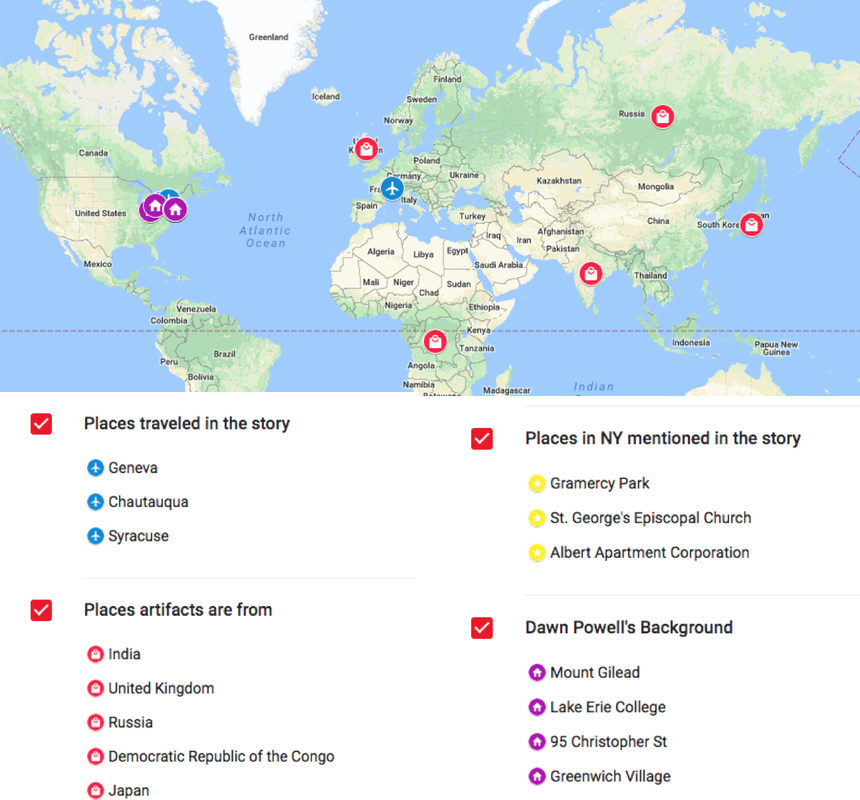

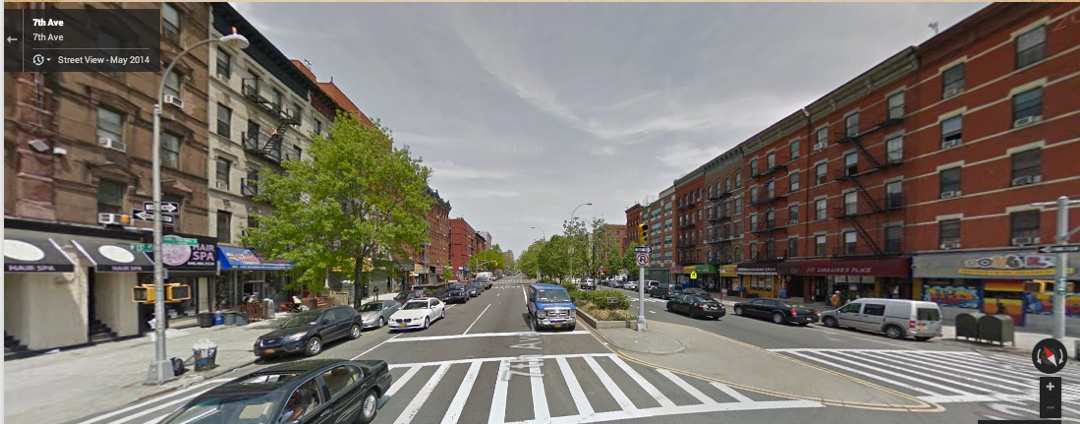
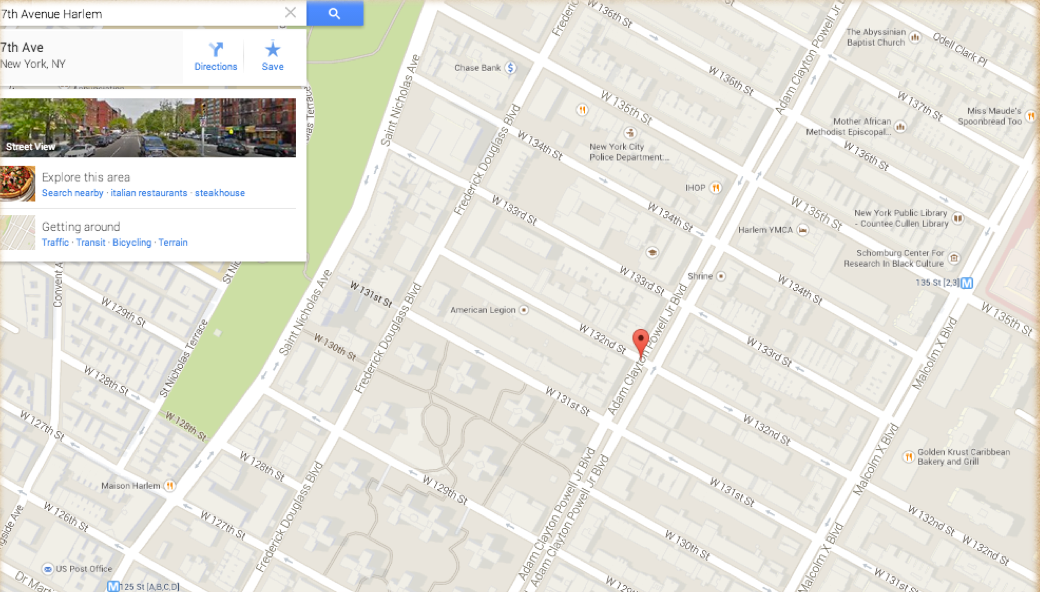
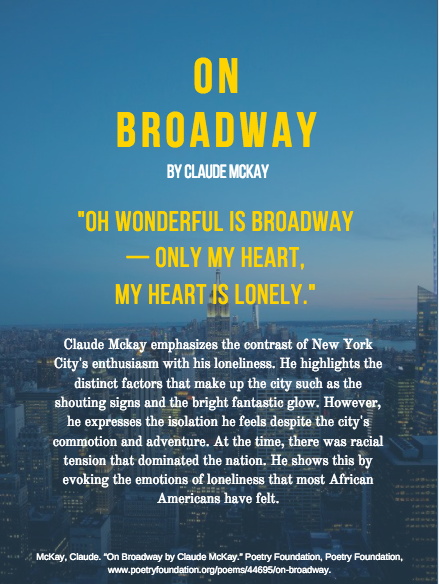
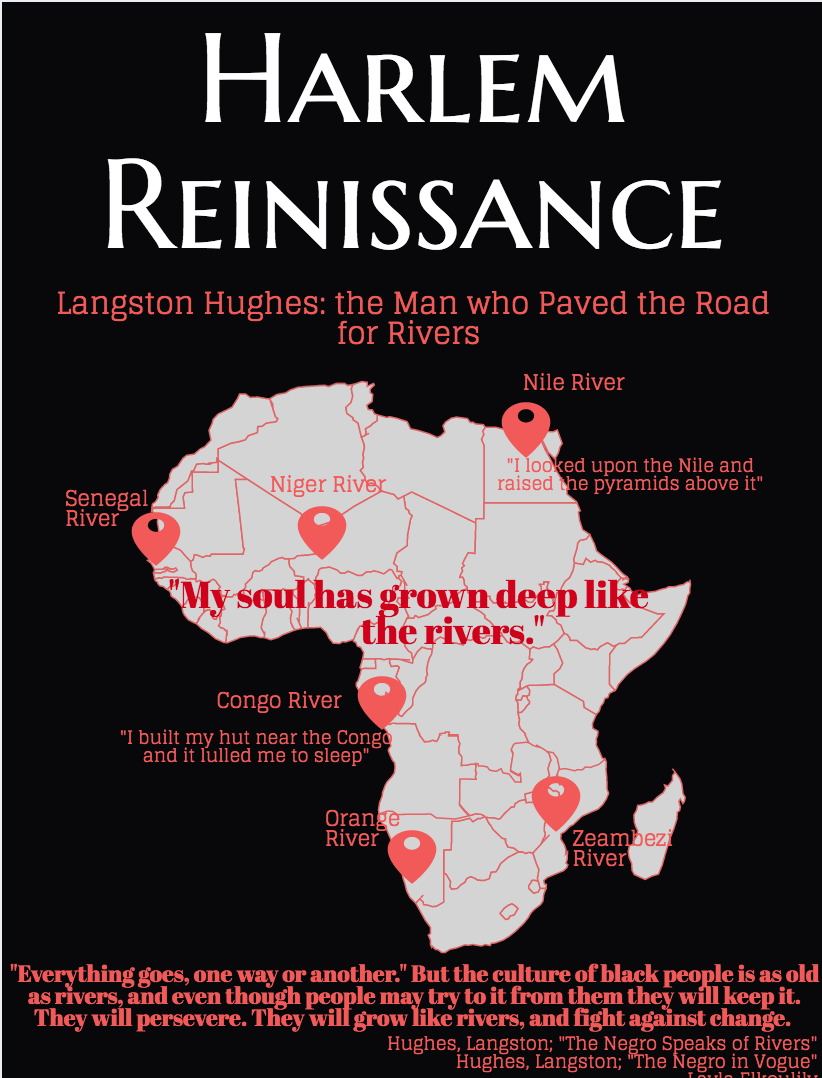
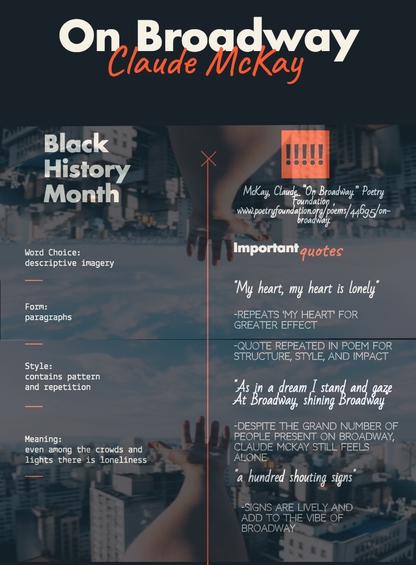
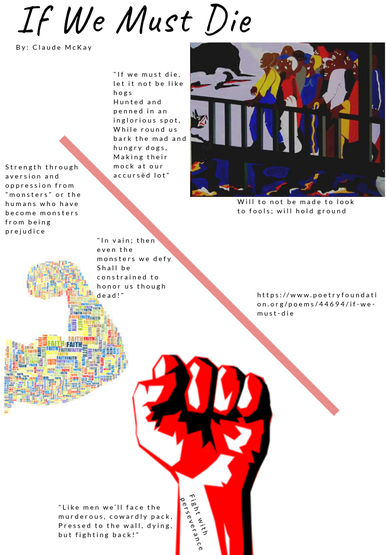
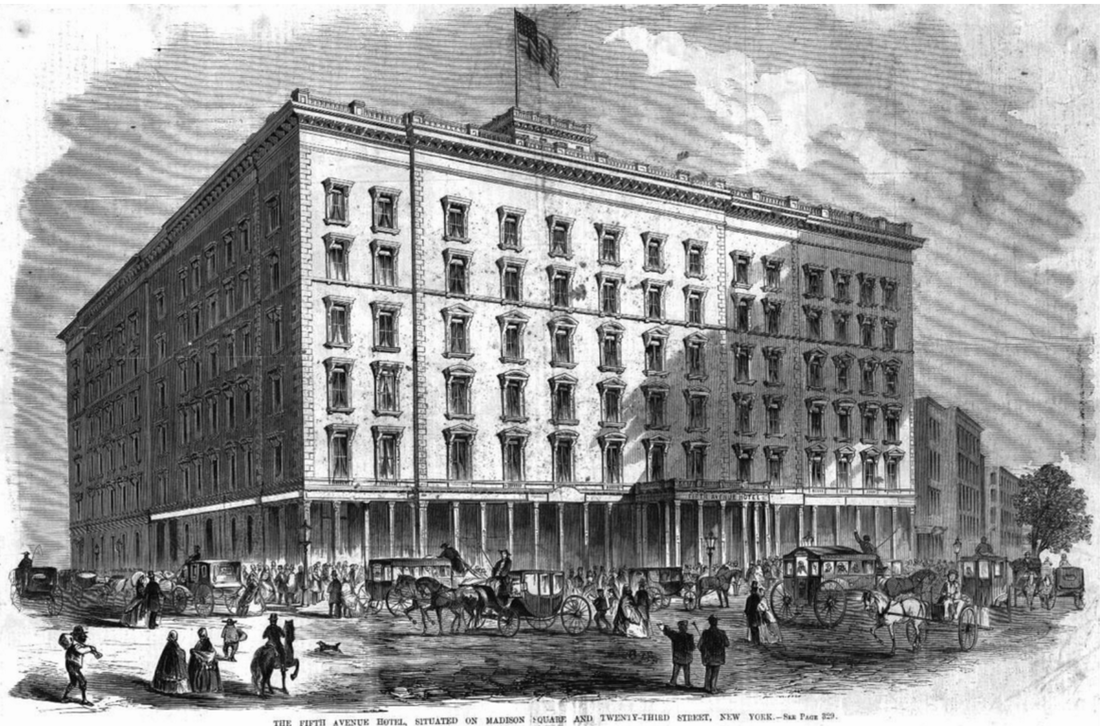
 RSS Feed
RSS Feed